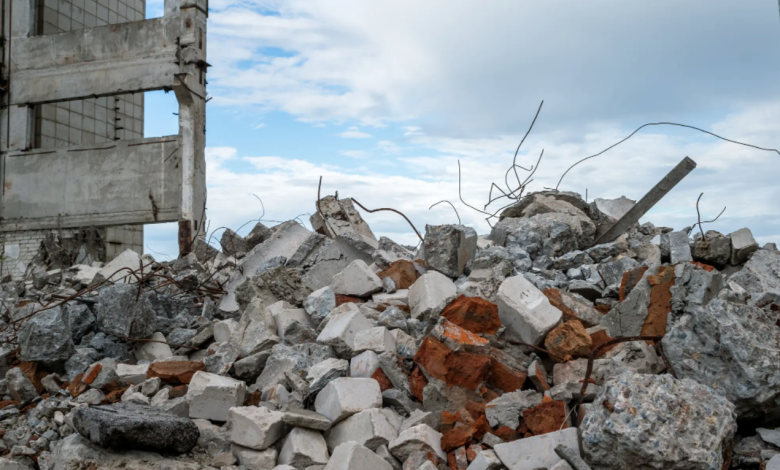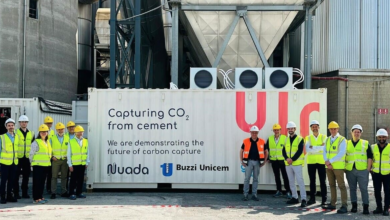Green building: From WorldGBC a program for the circular economy in construction
Building should also embrace the circular economy
(Sustainabilityenvironment.com) – The World Council for Green Building and the actual reality network have launched Circularity Accelerator, the global program for the circular economy in construction. The program aims to speed up the transition to circularity in the construction sector, which is still lagging far behind at the global level.
Only 9% of building materials are circular. This, even though the amount of matter used only for construction is one-third of the total.
“Over one-third of the materials used globally are for buildings, but less than 9% of global materials consumed are kept in productive cycles of use”. said Cristina Gamboa, CEO of World Green Building Council.
“The impact of this resource use, associated GHG emissions and pollution and plunging biodiversity, accelerates climate change and the decline of life-sustaining ecosystem services such as the maintenance of clean water and productive soils. These impacts unequally affect the most vulnerable communities and economies around the world. But that can and must change“.
The United Nations has already announced that we now have a 50% chance of exceeding an increase of 1.5 degrees over the next five years. We are well beyond the Overshoot Day of our Planet, far beyond the consumption of resources that it is able to regenerate.
The solution found to solve the crisis is to establish circular and regenerative systems. The construction industry, however, in many cases is the worst enemy of the circular economy.
Read also Digital Twins, a possible solution for a sustainable future
The sector is currently responsible for 37% of energy-related emissions and 40% of global annual resource demand. It is estimated that by the middle of the century, two-thirds of the population will be living in cities, consuming 75% of resources and producing 60% of emissions, as well as producing 50% of waste.
This is how Circularity Accelerator was born, with the ambition of affirming the circularity and efficiency of resources in the sector.
Speeding up the circularity
“Our new Circularity Accelerator program is already bringing together experts and leaders from across our Green Building Council network to guide the implementation of resource efficiency actions to scale sustainable built environments for everyone, everywhere”, explained Gamboa.
The 36,000 members of the network are already working to build the goals of circularity. The goal for 2030 is to achieve sustainable management and efficient use of natural resources in construction, zero waste in landfills, and approach a life cycle for perfectly circular buildings, reducing to 0 net the number of new materials used. The network aims to achieve the latter goal by 2050, restore natural resources and systems to definitively affirm the circular economy and invest in green building materials.
The program will be led by the three global partners Brightworks, Foster + Partners and Ramboll. Phil Kelly, Director, Head of Sustainability for Buildings UK Ramboll said: “To deliver the impact circularity can have, collaboration across the supply chain is absolutely essential. This is why Ramboll is proud to be a Global Partner for the WorldGBC’s Circularity Accelerator project. We look forward to working together through this platform to deliver the much needed tools and thought leadership to regional industry networks across the globe.”
Projects in the field for 2022
Beyond the goals for the end of the decade and the middle of the century, the Accelerator has already equipped itself with immediate projects and objectives. The watchword is popularization: it is in fact essential to educate the construction sector about the opportunities for resource efficiency in the perspective of the circular economy. At the moment the network is producing a report on the state of the market, to verify the main challenges and opportunities currently in the field. In addition to the market survey, the group is also working on an awareness campaign for the adoption of a circular economy and resource efficiency in construction. The project includes training, publications and toolkits.






